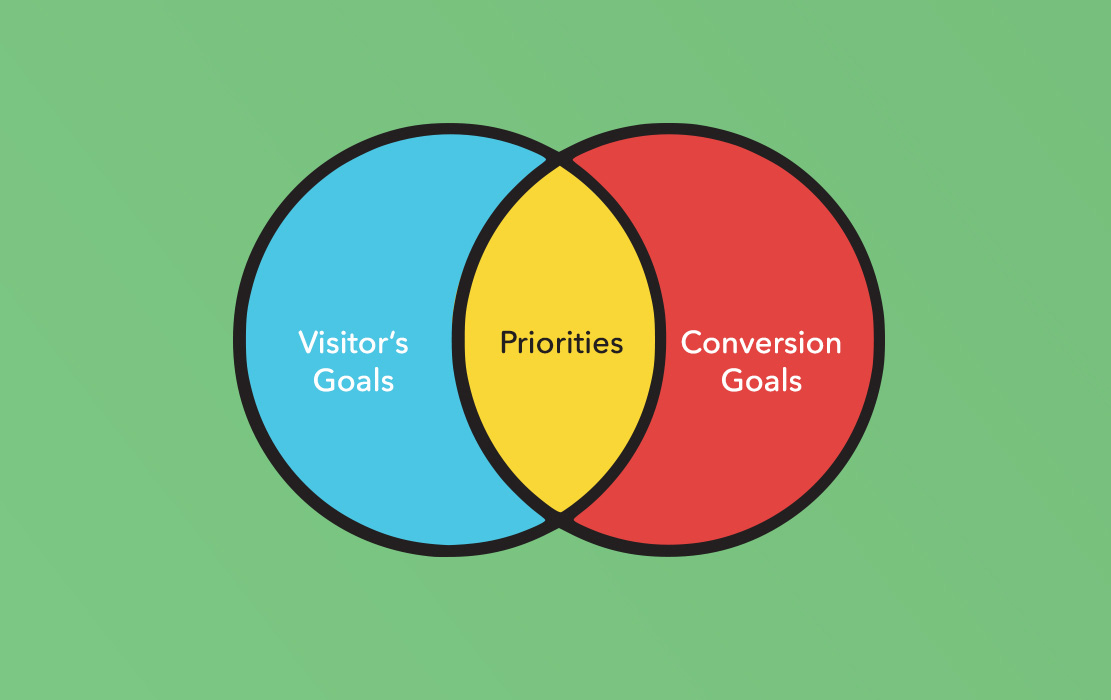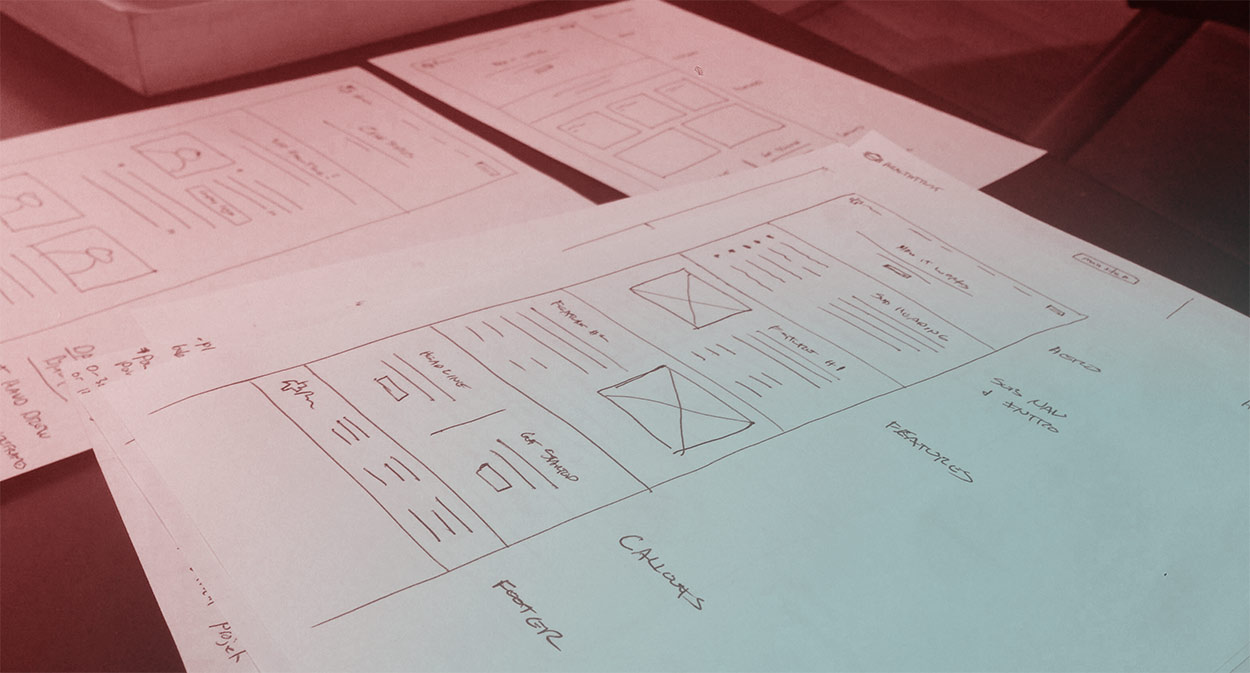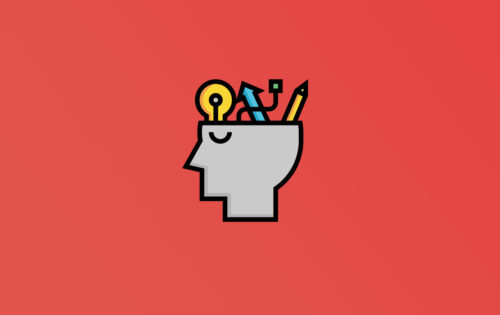
These days every company, organization and product has its own website. Many of these websites are full of information and marketing messages, but in most cases the website does not have the desired effect. This is because the website wasn’t created with the principles of goal-driven design. So, how can this be changed?
The first step is to ask: “Why do we need a website?”
Many companies have fairly basic needs: to educate people about what they do, establish their company as experts in their industry etc.
Sometimes companies require better goal setting and a more defined outcome. For example:
- Sell an item
- Generate a sales lead
- Capture Data
- Get return visits from users
- Serve dynamic content based on user settings

Once this targeted goal is identified, its time to re-evaluate your website to turn it into a goal driven website. Early in the planning stages of the website, its important to discuss with clients what their goals are and determine primary goals, secondary goals and also define what the non-essential items are. The primary goals will require thought in terms of how to call attention to the message and creating content that makes a user want to take action. Sometimes this is obvious such as placing a short contact form or a large button, but in other cases it may require a combination of images, text and appropriately labeled buttons.
Believe it or not, its easier to be successful when you have fewer goals that are very well defined!
Interested in taking the next step, but not sure where to go? Contact us and we’ll see what we can do to help.
Foundations of Goal-Driven Design
Goal-driven design is a user-centered approach that focuses on creating a website that achieves specific business objectives. This method involves understanding the needs and goals of your target audience and designing a website that helps them achieve their goals. By setting clear goals, understanding your audience, defining key performance indicators (KPIs), and creating a focused design process, you can ensure your website is aligned with your business objectives and geared towards achieving positive outcomes.
Setting Clear Goals for Your Website
Setting clear goals for your website is essential to creating a goal-driven design. Goals should be specific, measurable, achievable, relevant, and time-bound (SMART). Examples of website goals include increasing conversions, generating leads, improving user engagement, and boosting sales. To set clear goals, you need to understand your business objectives and identify the key performance indicators (KPIs) that will measure the success of your website. By aligning your website goals with your business objectives, you can create a roadmap for success.
Understanding Your Target Audience
Understanding your target audience is crucial to creating a goal-driven design. You need to know who your audience is, what their needs and goals are, and how they behave online. This information will help you design a website that meets their needs and helps them achieve their goals. Tools such as user personas, user journeys, and wireframes can be invaluable in understanding your target audience and designing a website that is tailored to their needs. By focusing on your audience, you can create a website that resonates with them and drives them towards your desired outcomes.
Defining Key Performance Indicators (KPIs)
Defining key performance indicators (KPIs) is essential to measuring the success of your website. KPIs are metrics that measure the progress of your website towards its goals. Examples of KPIs include conversion rates, bounce rates, average session duration, and pages per session. To define KPIs, you need to identify the metrics that are most relevant to your website goals and track them regularly. By monitoring these indicators, you can gauge the effectiveness of your website and make data-driven decisions to improve its performance.
Creating a Goal-Oriented Design Process
Creating a goal-oriented design process involves designing a website that is focused on achieving specific business objectives. This process includes understanding the needs and goals of your target audience, setting clear goals, defining KPIs, and designing a website that meets those goals. A goal-oriented design process is iterative, involving continuous design, testing, and refinement to ensure the website is meeting its goals. It also requires ongoing evaluation and improvement to ensure the website continues to meet its goals over time. By staying focused on your objectives and being adaptable, you can create a successful website that drives your business forward.


